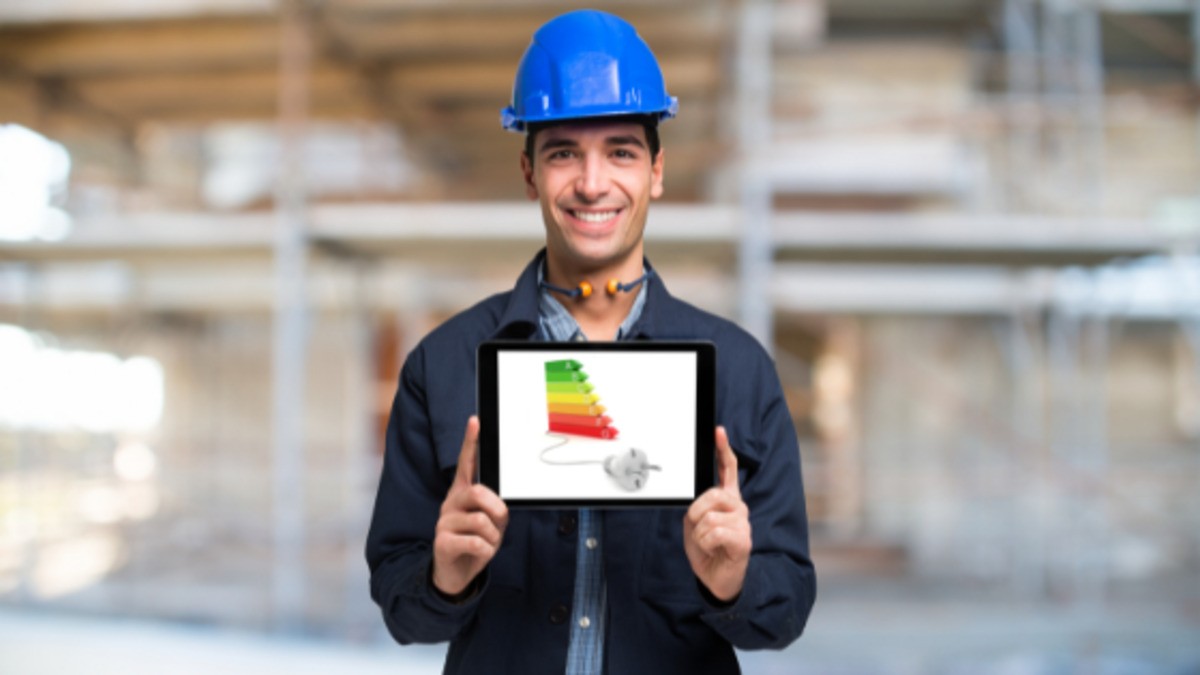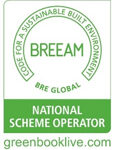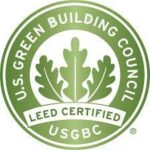The role of Energy Management in Sustainable Building Certifications

For years, the real estate sector has been using a range of sustainability, quality and energy efficiency certifications to catalogue the building stock and highlight the best-rated buildings.
The ability to categorise portfolios of buildings according to their ‘green’ credentials is very useful in positioning them better in the sales and rental market, as well as in attracting investment. These certificates are not mandatory, but they add reputation and value to your buildings and organisation.
Moreover, in the context of environmental awareness and emission reduction, real estate professionals can no longer be left aside. Buildings require a lot of energy and contribute to the emission of polluting gases, so it is increasingly important to measure, reduce and control this information.
For these purposes, various international certifications are available to establish comparative frameworks in the real estate sector. The main ones are BREEAM, LEED and WELL.
In a previous article, we presented these sustainable building certifications (LEED, BREEAM, WELL). However, in this week’s article, the focus is on the energy aspects of each of them, so that you get a complete picture before taking the plunge. Indeed, we will take a closer look at the energy requirements of these sustainability accreditations and analyse them one by one, considering the weight of energy management in the result.
We have already defined and explained the origin of these green building certifications in our previous article. This time we want to focus on the energy aspects of each of them so that you get a complete picture before taking the plunge.
In this article, we will take a closer look at the energy requirements of these sustainability certifications. We will analyse them one by one and assess the weight of energy management for each of them.
Sustainable building certifications measure a wide range of aspects of buildings, from the initial design to the materials used in construction, energy supply or building connectivity.
Each certification has its own particularities, although they all share energy as a common factor. Whether you are constructing a new building or want to improve the performance and rating of your existing properties, DEXMA can help you achieve the highest score in the field of energy management.
Energy Management in BREEAM

BREEAM certification (Building Research Establishment Environmental Assessment Method) seal of quality in the real estate sector, is probably the most well-known accreditation with more than 500,000 certified buildings worldwide and the most commonly used in the UK.
This certification assesses 10 main points, including materials used, building waste and innovation.
Out of these 10 points, 5 are directly or indirectly related to energy management:
- Health and Well-being. This item assesses areas such as thermal comfort and air quality for the end users of the building.
- Energy. Use of renewable energy, low consumption equipment, smart metering and the existence of a monitoring and control system.
- Water. Water use reduction and reuse.
- Pollution. Includes carbon emissions, directly related to energy use and measurable with an EMS thanks to CO2 calculators.
- Innovation. This category is currently the most flexible of all. The characteristics of the building are studied on a case-by-case basis. The use of an energy management system such as the DEXMA Platform, as well as its integration with other digital systems, can add points to your assessment, helping you to achieve a better result.
As has been shown, there are many subcategories in BREEAM and it can be a little overwhelming. The BREEAM assessment is not simply a pass or fail: there are minimum standards to be met, and the more points you meet, the higher the recognition (Good, Very Good, Excellent and Exceptional). Therefore by investing time in energy efficiency measures and an energy management system (EMS), you can add points to your score towards your BREEAM certification.
LEED Energy Management
 The LEED (Leadership in Energy and Environmental Design) certification is most focused on energy efficiency and emissions reduction.
The LEED (Leadership in Energy and Environmental Design) certification is most focused on energy efficiency and emissions reduction.
The LEED accreditation’s parameters focus on energy efficiency (including water use, air quality and CO2 emissions), and on the use of renewable energies for energy supply. Indeed, 35% of the LEED certification score is directly related to climate change. Thus, energy efficiency measures, near-zero energy efficient buildings (nZEB), which we talked about recently, and even energy self-consumption strategies will score the most points.
LEED accreditation takes into consideration aspects of the construction, maintenance and even demolition of buildings. In addition, it extends beyond the building alone, as it also evaluates aspects that contribute to gas emissions, such as the transport used to reach the building or access to public transport.
Although it may seem like too many aspects to take into account in a single sustainability certification, specific requirements are set for each project. These requirements are adjusted depending on whether the project involves the design and construction of a new building, the maintenance of an existing building, its demolition, or its application to urban development.
In existing buildings, to obtain the LEED label information on building performance and consumption monitoring will have to be submitted. Original design information such as plans or materials are not taken into account in the scoring, but the actual performance of the building and the control measures put in place are.
>>> Read full article HERE <<<



